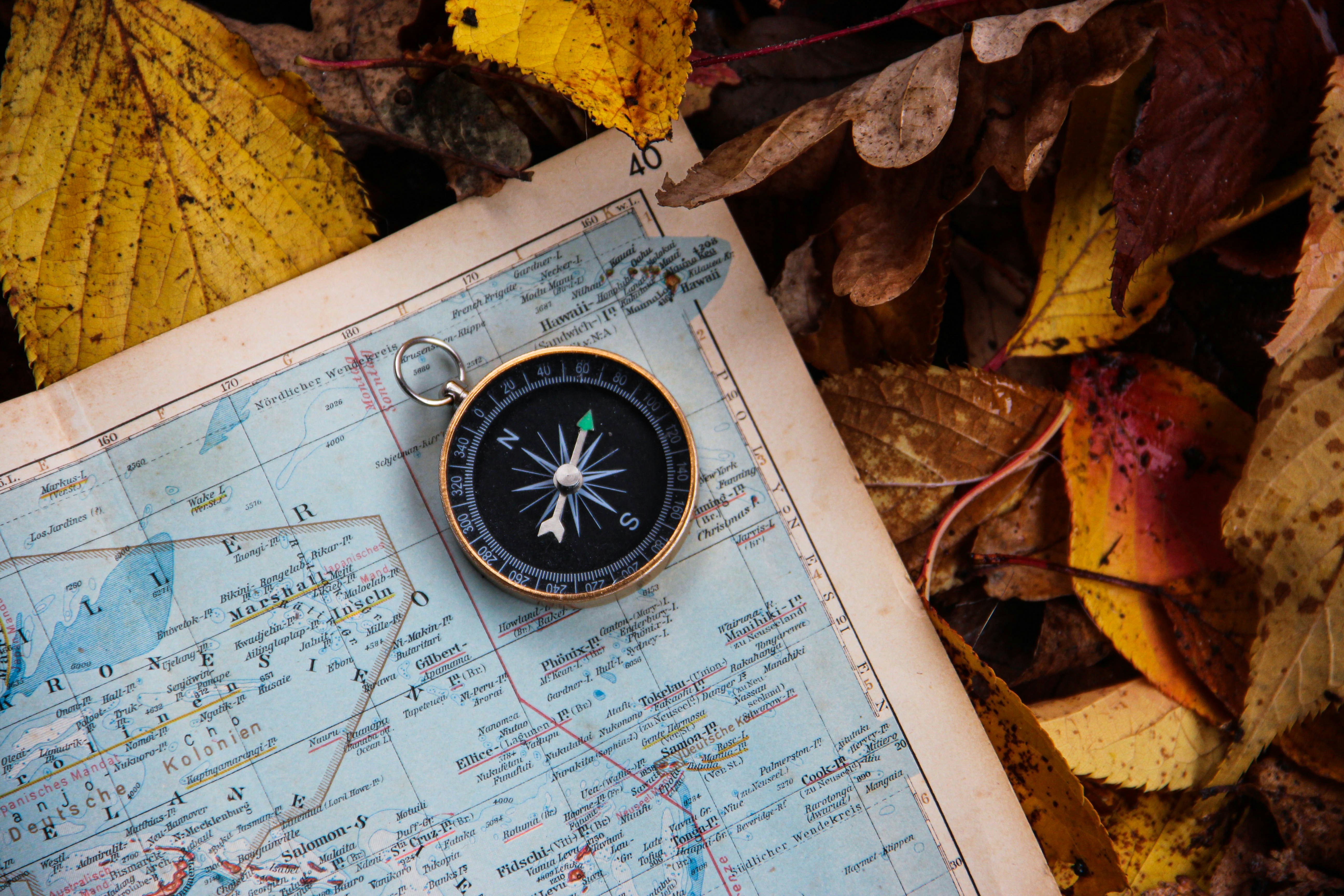- cross-posted to:
- fediverse@lemmy.ml
- cross-posted to:
- fediverse@lemmy.ml
Over the past year or so I’ve been playing with the idea of a decentralised social platform based on your location. By putting physical location at the centre of the experience, such a platform could be used to bring communities together and provide a source of local information when travelling. Please let me know what you guys think.



It would make defining the extent of any one instance confusing and any level.of confusion is a filter (it’s one of the barriers to widespread adoption of the Fediverse). If you go with something well understood, like postcodes, it would be clear to people what the area covered is.
Perhaps we need to await the enshittification of NextDoor…
Hey, I’ve been looking into the idea of using population density as an indicator of how big a community should be, but it didn’t feel right that the platform would be deciding the boundaries of each community. I then thought about the idea that the owner, upon setup, would draw a shape on a map that would indicate the boundaries of their desired community. How do you feel that solution would that solution work around your river?
That’s the point of postcodes, they tend to based on population density and, unlike electoral wards, they remain pretty fixed. If you look at the postcode areas for Liverpool (or Manchester) you’ll see the size is small in the city centre, larger as you get to the suburbs by the Green Belt and then they expand out into rural areas. If you go north you can see more rural areas with towns, like PR and LA.
The sizes also reflect the range of someone’s interest - in the countryside you could travel 20+ miles to go shopping, in a town it may only be a few miles.
There are currently 160 countries using postal code systems, some of which follow administrative boundaries too and such boundaries could be used in places that don’t have them. Essentially, all the work has been done here (often by the Victorians as they found an expanding postal system was unviable without it) and they are well-understood, so I don’t see any need to reinvent the wheel or make things unnecessarily clunky.
They also have other advantages as they may contain a code that identifies a larger area (UK: counties/cities; France: departments; Australia: states) or you can group codes manually, which could give an option for a larger area sort (Home, Nearby and Region).
fear that every country might have it’s own unique problems, but I’ll look into postcodes, thanks.
Oh, they will have different systems but postal codes are widespread and where they aren’t you can find other alternatives - when a country hits a certain level it needs bureaucratic divisions to ensure everything can be parcelled up and administration devolved. These tend to run on population density as it means that no one area is overwhelmed.
If you rolled out to North America, Europe and Australia/New Zealand (and probably most former British Empire countries as this became a problem in the 19th Century) you could then get good coverage using postal codes and then look at how the other countries do it.